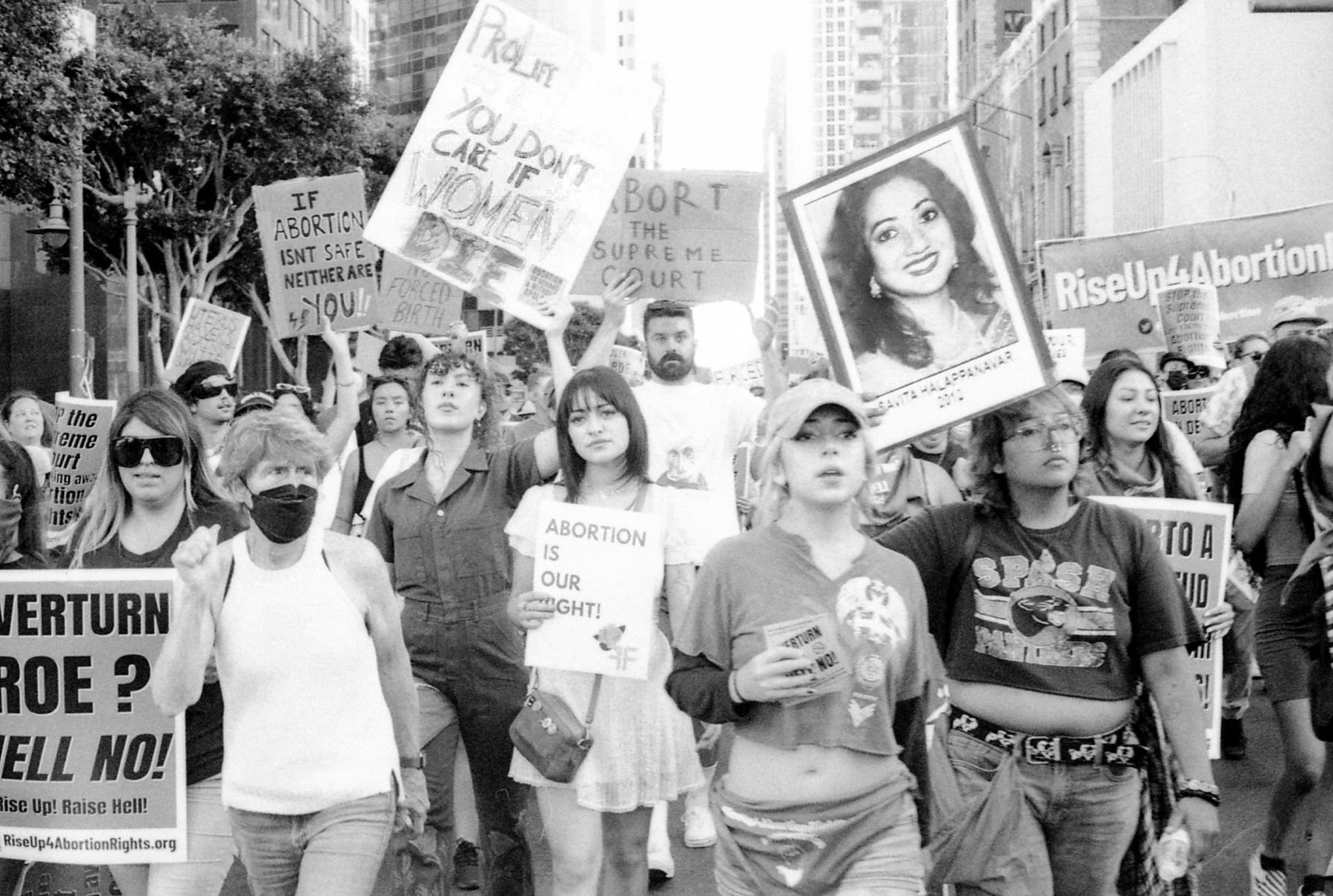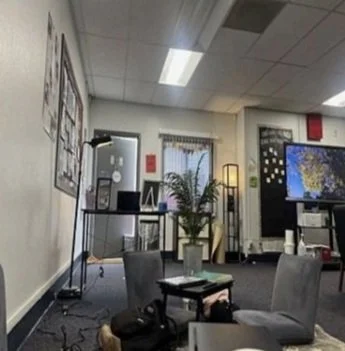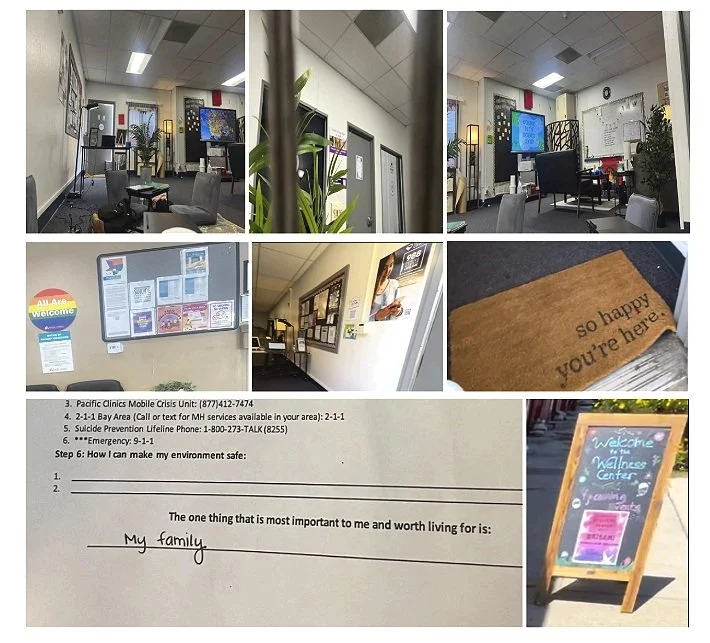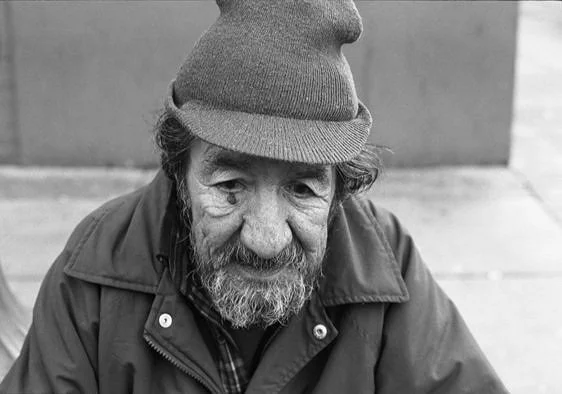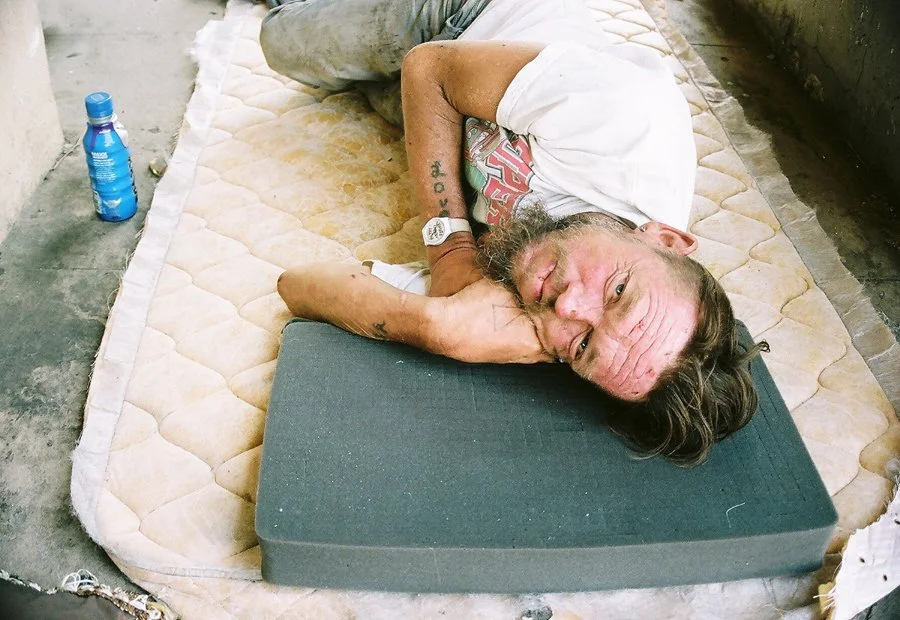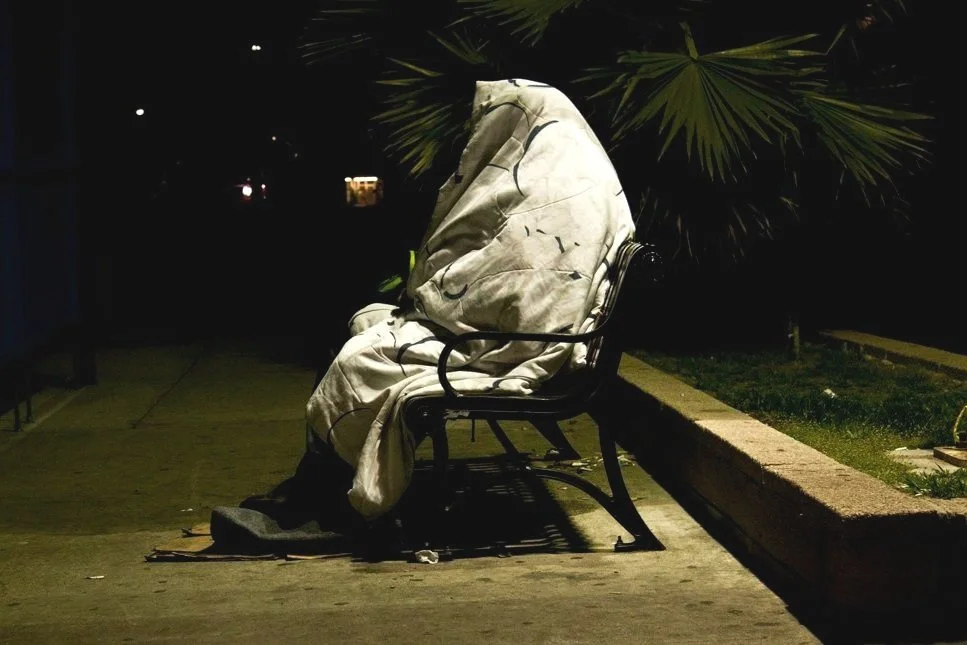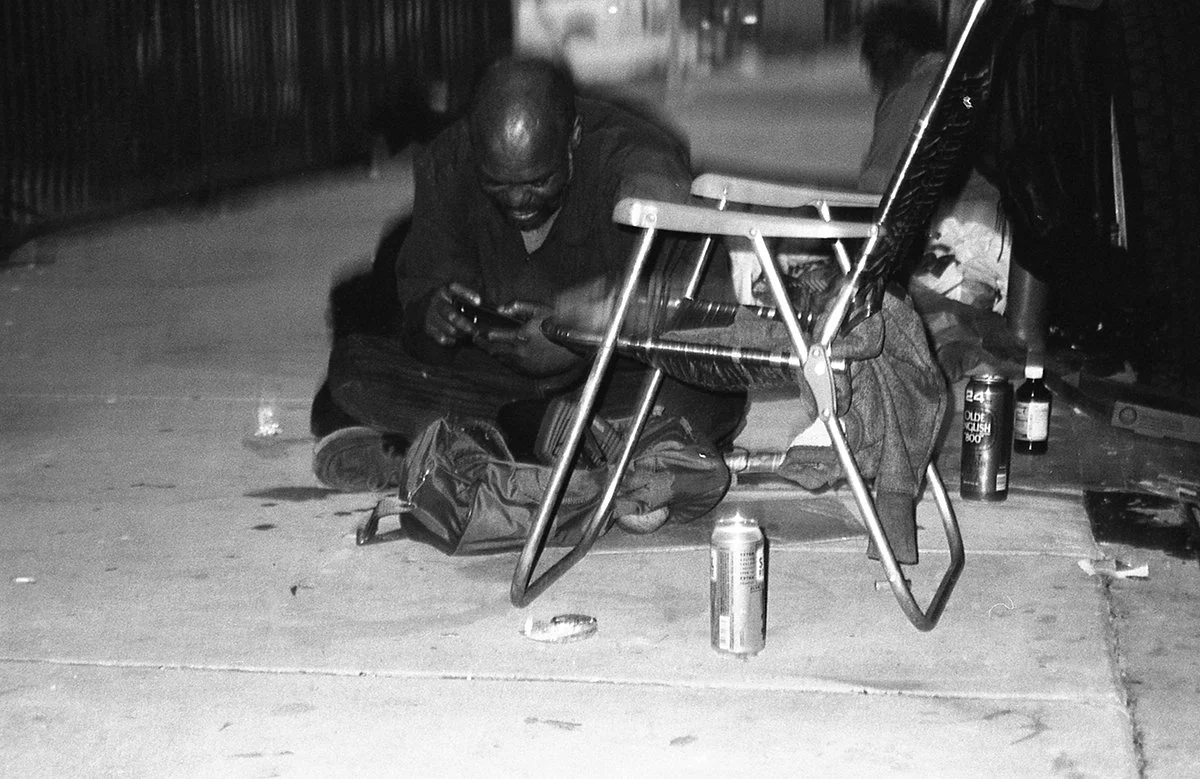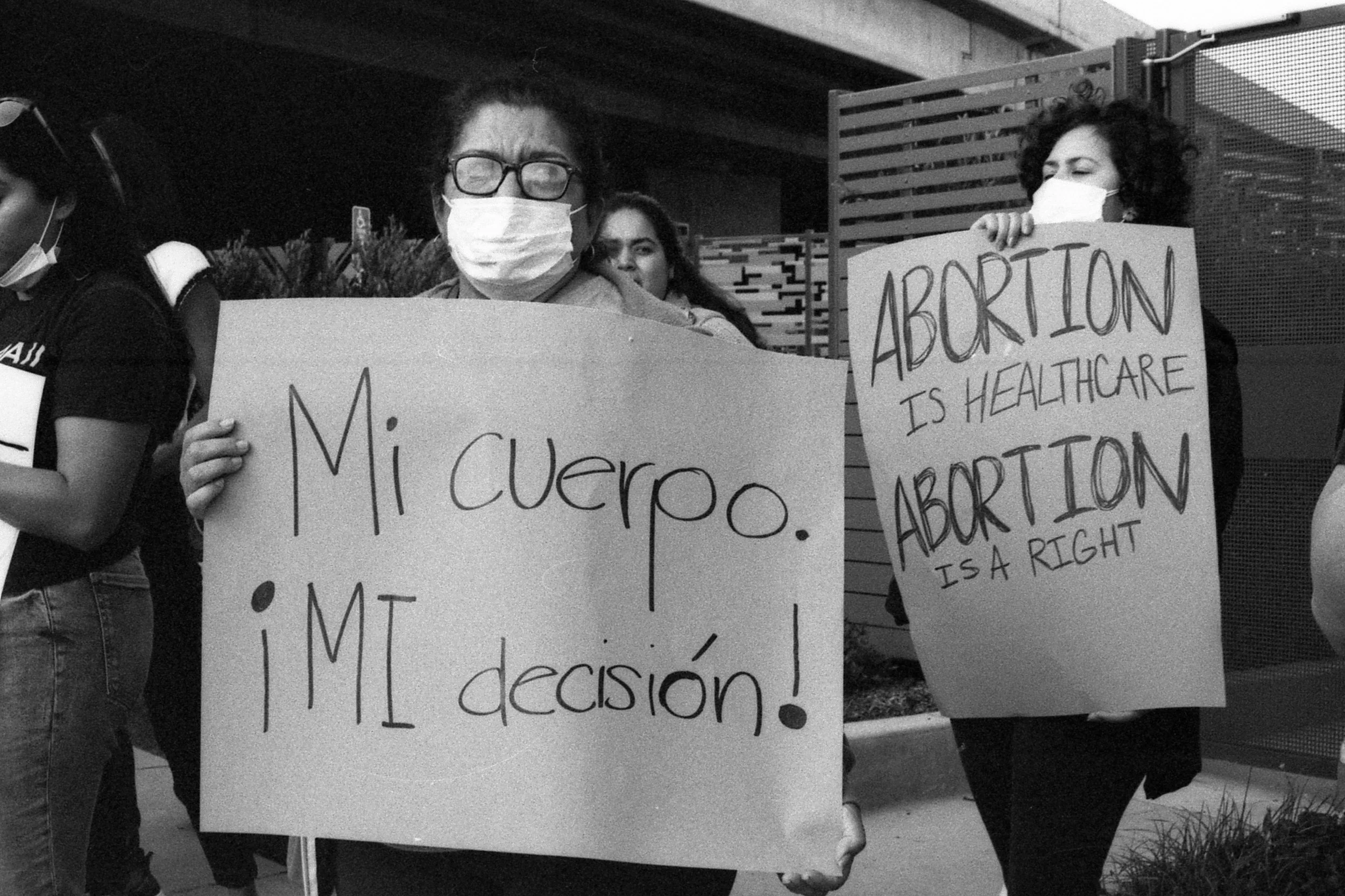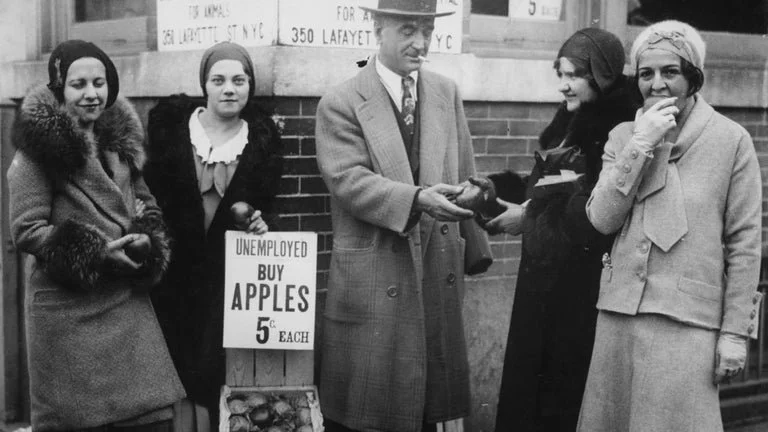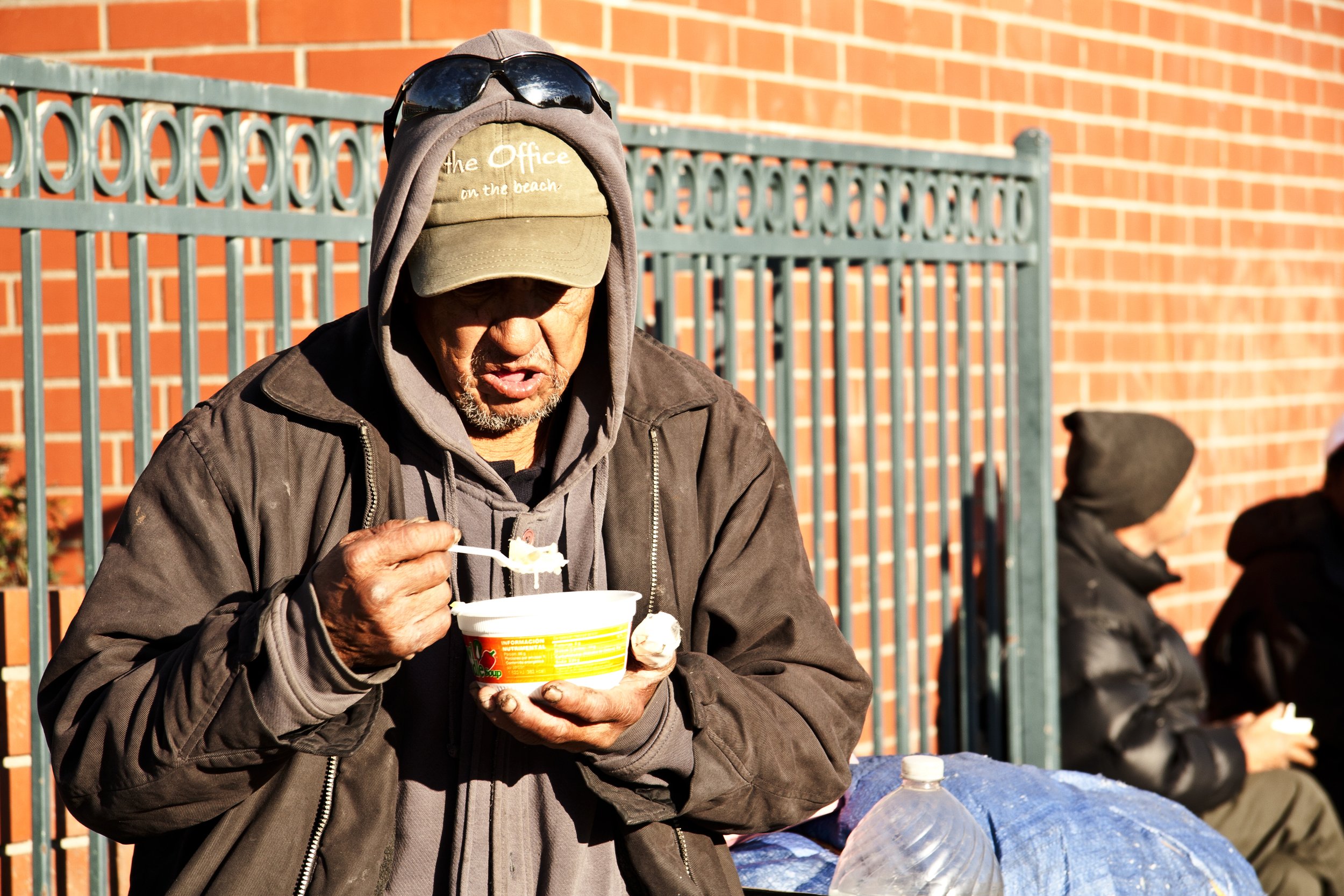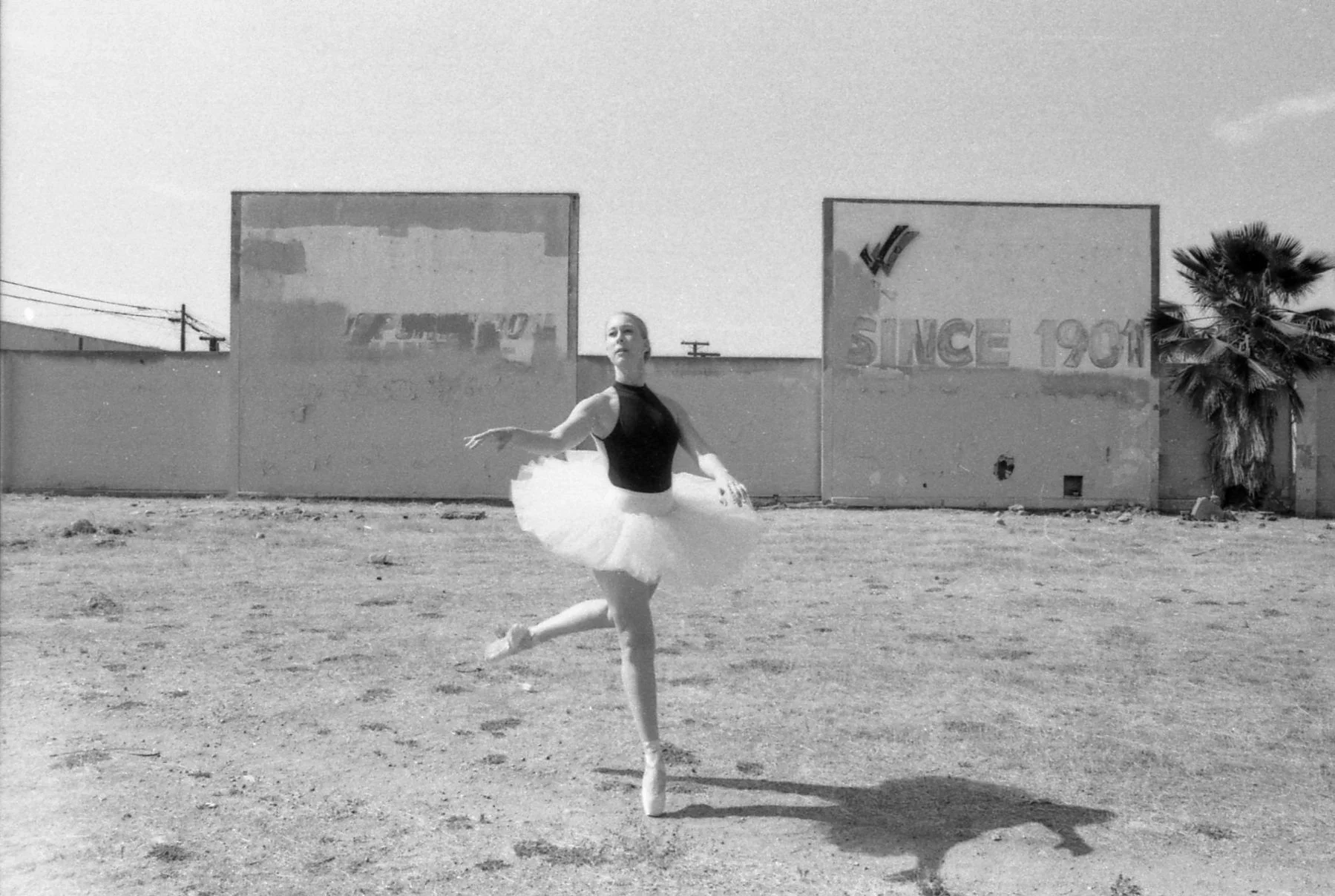The Pomonan takes a different approach compared to traditional news media. Traditional news outlets can be biased and influenced by political pressures. Since their audience is so large, they must carefully release information while trying to appeal to the majority. This makes it difficult to present the full truth, often leading to misinformation and distorting public views on certain issues. In contrast, The Pomonan focuses on sharing the truth. It covers specific current events such as the genocide in Gaza or the Pomona Valley Pride Festival, allowing people to see what is truly happening in the world.
Inclusivity is crucial in journalism because it ensures people of all races, genders, and backgrounds have access to knowledge. You cannot fix a situation without first identifying the problem. One persistent issue in today’s society is homelessness. No matter where you live, homelessness remains a significant problem. People become homeless for various reasons, including difficulty finding jobs, lack of affordable housing, mental health struggles, substance abuse, and health issues. Once someone becomes homeless, their chances of securing employment decrease dramatically.
To prevent homelessness from worsening, we must create more affordable housing. It is difficult to rebuild your life when prices continue to rise. If it becomes too overwhelming, many individuals lose hope because they believe stability is out of reach. Every person should have access to basic necessities, including housing. Diverse perspectives are essential because they encourage action and solutions. No one should have to wonder whether they can afford to eat dinner or if their jacket will be enough to protect them from the cold.
Media platforms play a crucial role in addressing homelessness by raising awareness. Many people do not realize how much homelessness has worsened over the years. By highlighting this crisis, the media can help others understand its severity—an essential first step toward creating a solution. If everyone contributed, even in small ways, we could help people transition off the streets and into safe spaces where they have food, shelter, and security.
Reflection
Innovative journalism and community engagement are essential because of their transparency, a quality that is rare in today’s media. In a time when false information spreads rapidly, it is difficult to determine what is trustworthy. You can’t always believe what you see online, but innovative journalism offers a unique and reliable alternative. When paired with community engagement, it fosters a bond between journalists and their audience.
Through my research on homelessness, I have gained a deeper understanding of the issue’s severity. I have always been aware that homelessness is a problem, but I did not realize how extensive it is until now. Approximately 60% of homeless individuals live in shelters, while the remaining 40% stay in unsafe conditions such as streets or cars. Families, including children, make up around 30% of the homeless population. There are many ways we can help alleviate this burden, such as donating goods or organizing food drives. Writing this essay made me realize how little is being done to help. It is unfair that so many people live in luxury while others struggle to survive.
We may not be able to fix this problem overnight, but if we work together, we can make a difference and change countless lives.
Students in Pomona High School's AP Economics and Government class have exhibited their understanding of real-world issues by writing insightful op-eds, photo essays, and film shorts for The Pomonan. Combining critical analysis with a touch of journalism, these submissions explore topics at the intersection of economics and government while fostering meaningful engagement with their community. Encouraged by their teacher Mr. Hangan to think deeply and articulate their perspectives, these young writers have demonstrated creativity, civic awareness, and a growing appreciation for the power of the written word in shaping public discourse.



